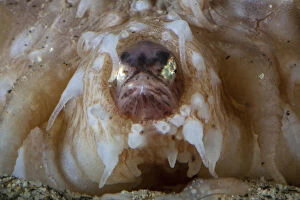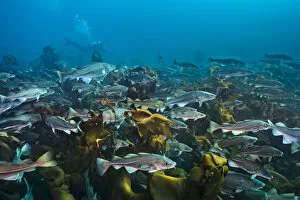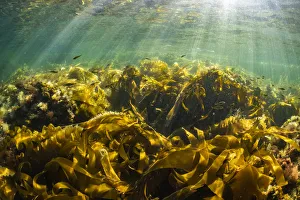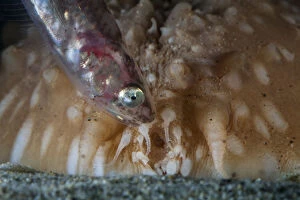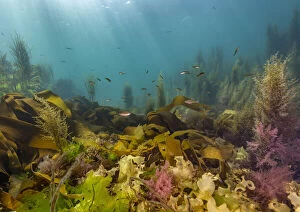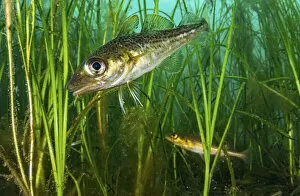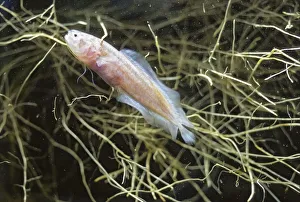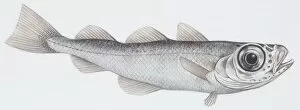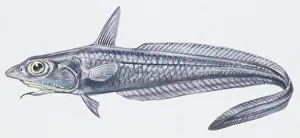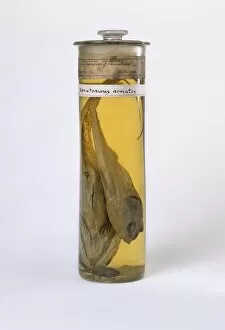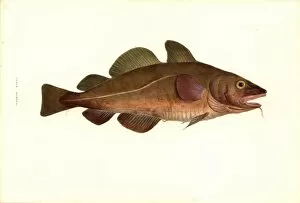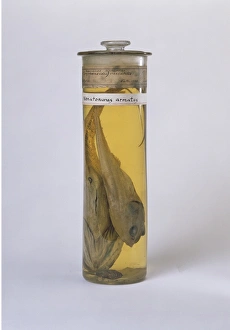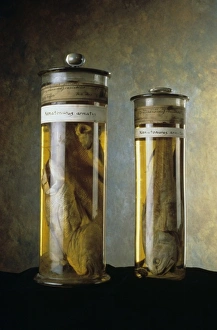Gadiformes Collection
"Gadiformes: A Diverse Underwater World" Discover the fascinating world of Gadiformes
All Professionally Made to Order for Quick Shipping
"Gadiformes: A Diverse Underwater World" Discover the fascinating world of Gadiformes, a diverse order of fish that includes various species with unique behaviors and habitats. In the coastal waters near Port Joli, juvenile Pollock find solace within the protective fronds of kelp, forming schools that provide safety in numbers. Meanwhile, Ling fish thrive in St Abbs Voluntary Marine Reserve in Scotland's North Sea, showcasing their majestic presence amidst vibrant marine life. The Pearlfish captures attention with its peculiar behavior as it ventures outside its host sea cucumber at night. Equally intriguing is its ability to seek refuge inside the anus of a sea cucumber for protection against predators. Witness an awe-inspiring sight as a diver swims alongside an aggregation of Cod over a mesmerizing kelp forest. The beauty and harmony between these creatures and their environment are truly captivating. Venturing into deeper waters off Cape Verde, we encounter Deep Sea Fish from the Moridae family. These mysterious creatures reside in the Atlantic Ocean's depths and offer glimpses into an alien-like realm rarely seen by human eyes. Moving closer to home, Pollack juveniles gracefully navigate through Red pom-pom seaweeds and Spaghetti seaweed surrounding Coll Island in Scotland's Inner Hebrides. This delicate balance between marine flora and fauna showcases nature's intricate tapestry. Explore Falmouth's shallow reef teeming with life—a colorful array of algae species such as Sargassum weed, Kelp, and Sea lettuce create a vibrant backdrop for juvenile Pollock and Ballan wrasse swimming above—an underwater paradise bursting with biodiversity. Atlantic cod juveniles cleverly hide within Eelgrass beds along coastal areas—nature's secret hiding spots providing shelter until they mature into mighty ocean dwellers. Descend into underground brackish caves where Blind Cave Fish adapt to darkness among floating roots—an extraordinary example of evolution shaping survival strategies even in the most challenging environments.

